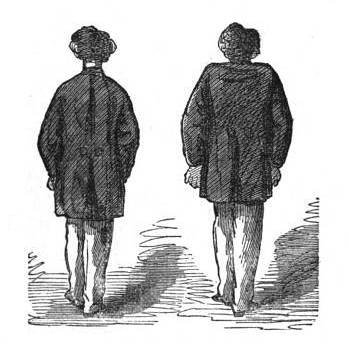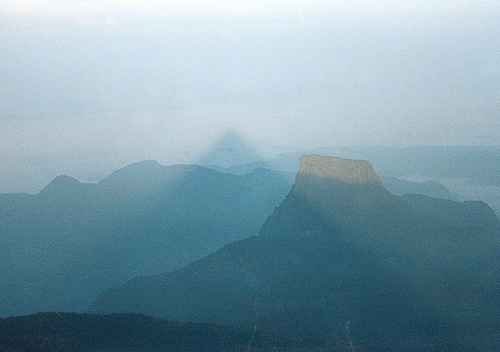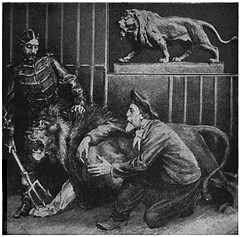On Oct. 13, 1863, Connecticut manufacturer S.R. Wilmot was sailing from Liverpool to New York aboard the steamer City of Limerick when he dreamed that his wife visited his stateroom and kissed him. When he awoke, his cabin mate said, “You’re a pretty fellow, to have a lady come and visit you this way.” He related what he had seen, lying awake in his bunk, and Wilmot was surprised to find it corresponded exactly with his dream.
When he joined his wife in Watertown, she asked, “Did you receive a visit from me a week ago Tuesday?”
“A visit from you?” he asked. “We were more than a thousand miles at sea.”
“I know it,” she said, “but it seemed to me that I visited you.”
She explained that she had been thinking about him on the night in question, and “it seemed to her that she went out to seek me. Crossing the wide and stormy sea, she came at length to a low, black steamship, whose side she went up, and then descending into the cabin, passed through it to the stern until she came to my state-room.”
“Tell me,” she said, “do they ever have state-rooms like the one I saw, where the upper berth extends further back than the under one? A man was in the upper berth, looking right at me, and for a moment I was afraid to go in, but soon I went up to the side of your berth, bent down and kissed you, and embraced you, and then went away.”
“The description given by my wife of the steamship was correct in all particulars, though she had never seen it.”
(Frederic Myers, Principles of Psychology, 1891)




